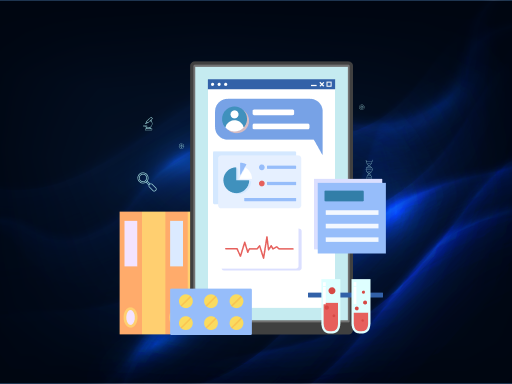
The Universal Medical Records has been developed by medical and data processing professionals to streamline the current inefficient process for establishing and updating an individual's medical history. UMR addresses three major areas of concern to the patient, the employer, the insurer, the government and the medical community. The principal benefits of UMR system are:
UMR is the “front-end” and “back-end” of any healthcare provider system in that UMR provides abstract information in a concise fashion which allows it to communicate with a POMIS system, and has the capability to update the initial entry into the system. UMR can be compared to a "Medical Table of Contents or Index" of an individual's healthcare records, which makes it most manageable for today’s managed care and utilization review. UMR allows for measuring one's health care in an intelligent fashion which reduces duplication and triage time.
The healthcare delivery system is currently structured so that when an individual enters the system a history is created. This process is known as “Review of Systems”. UMR has developed a mechanism of automating this process [Patents Pending]. The next patient episode is the actual physical examination that also pertains to the Review of Systems and most importantly focuses on the "Chief Complaint". The results from this encounter are then entered into the provider’s Healthcare Clinical System (this can be anything from a completely manual paper system to a sophisticated electronic medical records [EMR] system).
Once the physical examination has been completed, the patient is diagnosed by the provider and treatment is rendered. This is entered into the clinical system and the bill for diagnosis and treatment is submitted for payment. What UMR now performs is an interface either with the Practice Office Management Information System’s (POMIS) Clinical System or Claims Processing System for the Diagnosis and Treatment codes. This is what UMR calls the “back-end” of the healthcare system. What distinguishes UMR from another EMR or clinical solution is that the UMR database is not a clinical depository of all the clinical information, but instead provides an index of the clinical information into a Review of Systems where it is categorized, counted, and dated from an initial diagnosis to one that is on-going or fully treated. This patient may go to several different providers and the clinician will not know if this disease is acute or chronic. UMR solves this dilemma. UMR transmits this information to the attending provider to help analyze the problem more effectively.